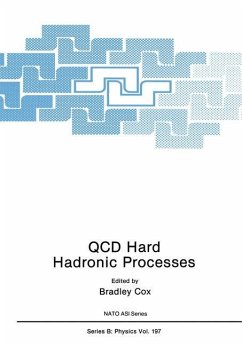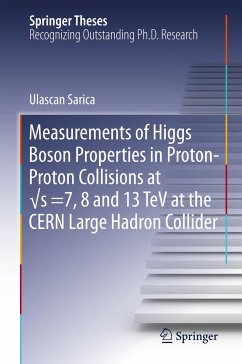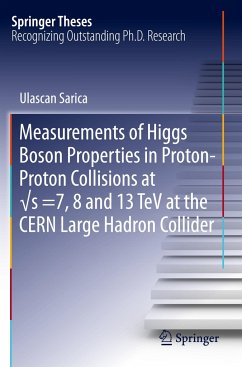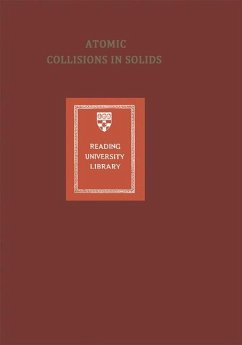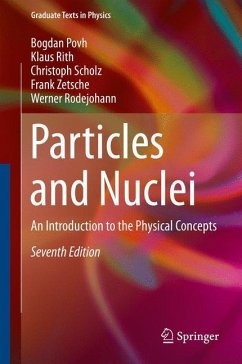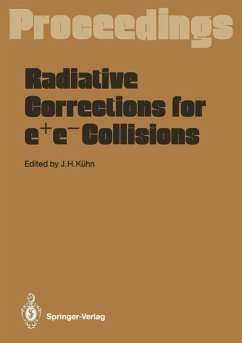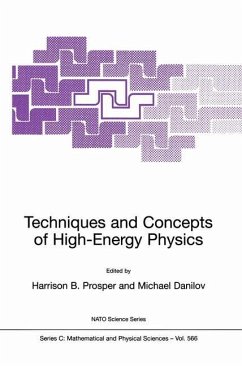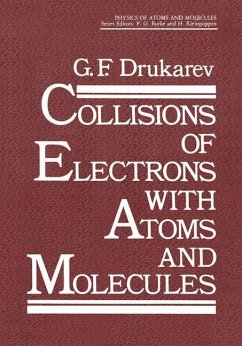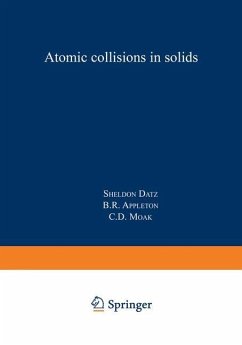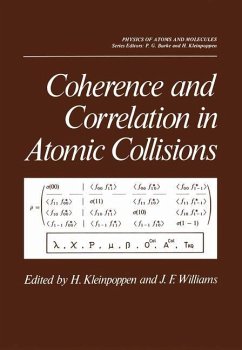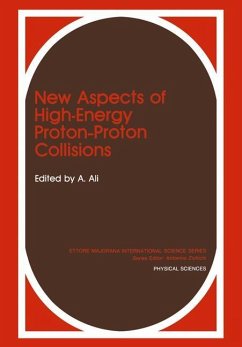
New Aspects of High-Energy Proton-Proton Collisions

PAYBACK Punkte
20 °P sammeln!
ELOISATRON (Eurasiatic Long Intersecting Storage Accelerator) is the name of a research and development project in the field of high energy physics, approved and funded by the Instituto Nazionale di Fisica Nucleare INFN in Italy. The main objective of the project is to conduct research and development studies to promote the construction of a (100 + 100) TeV proton-proton collider in Europe. The present volume contains the proceedings of the 4th INFN ELOISATRON project workshop, held on the topic: New Aspects of High-Energy Proton-Proton Collisions. The workshop took place at the Centro Interna...
ELOISATRON (Eurasiatic Long Intersecting Storage Accelerator) is the name of a research and development project in the field of high energy physics, approved and funded by the Instituto Nazionale di Fisica Nucleare INFN in Italy. The main objective of the project is to conduct research and development studies to promote the construction of a (100 + 100) TeV proton-proton collider in Europe. The present volume contains the proceedings of the 4th INFN ELOISATRON project workshop, held on the topic: New Aspects of High-Energy Proton-Proton Collisions. The workshop took place at the Centro Internazionale di Cultura Scien tifica "Ettore Majorana" (CCSEM), Erice-Trapani, Sicily, Italy, in the period May 31-June 7, 1987. This was the first workshop in this series which concentrated on physics issues in proton-proton collisions with 1-100 TeV beams; the earlier three INFN ELOISATRON workshops, held at Erice during 1986 and 1987, had mostly dealt with technical issues related to the accelerator and detector aspects of high en ergy hadron colliders. The present workshop was supported by the Italian Ministry of Education, the Italian Ministry of Scientific and Technological Research, the Sicilian Regional Government and the Ettore Majorana Centre for Scientific Culture. With the successful operation of the CERN Superconducting antiproton-proton Synchrotron (SppS), resulting in the discoveries of the vector bosons W and Z and providing evidence for new aspects of flavour mixings, the interest in very high energy proton beams as probes of fundamental phenomena in nature has mounted worldwide.



